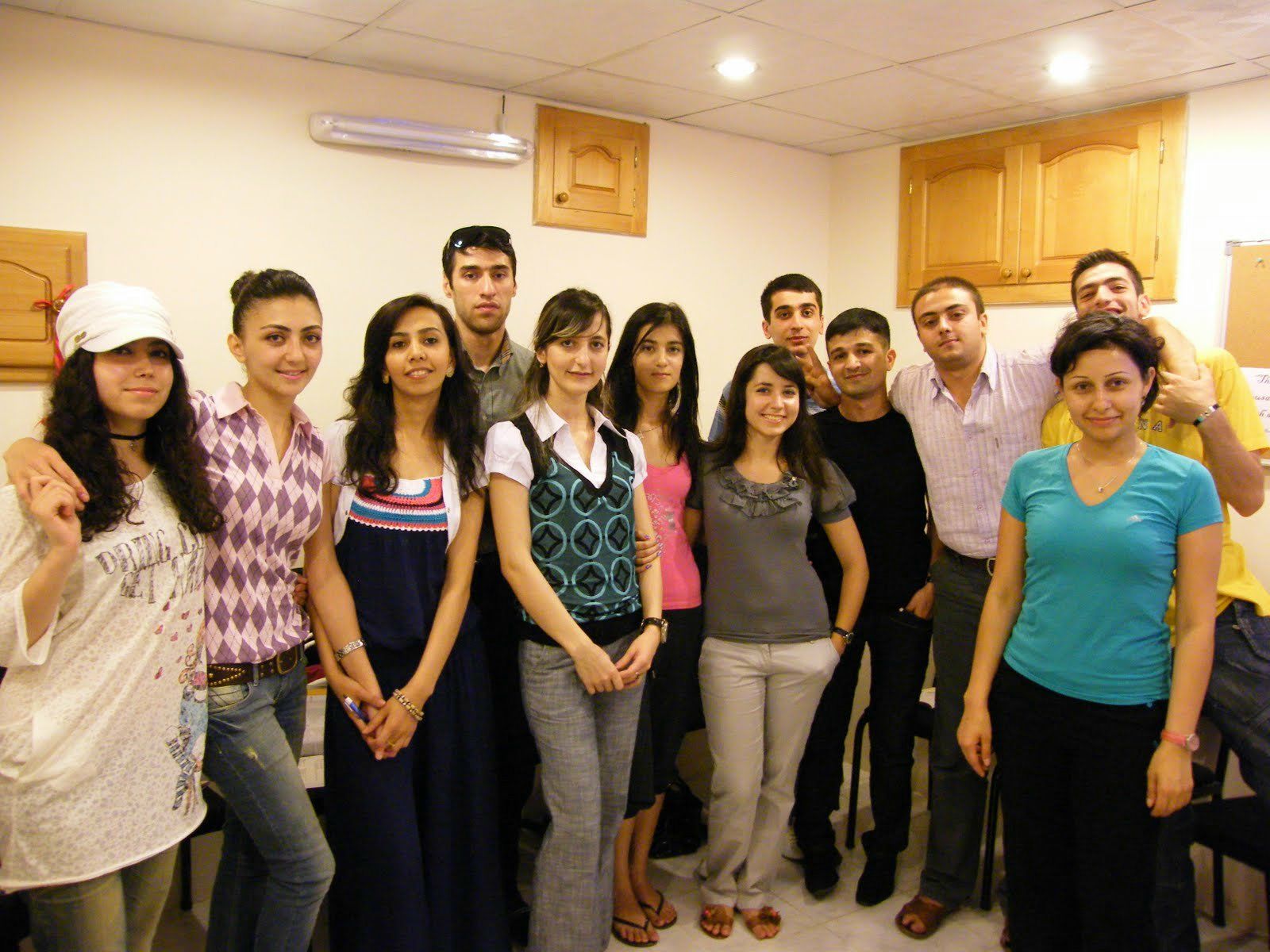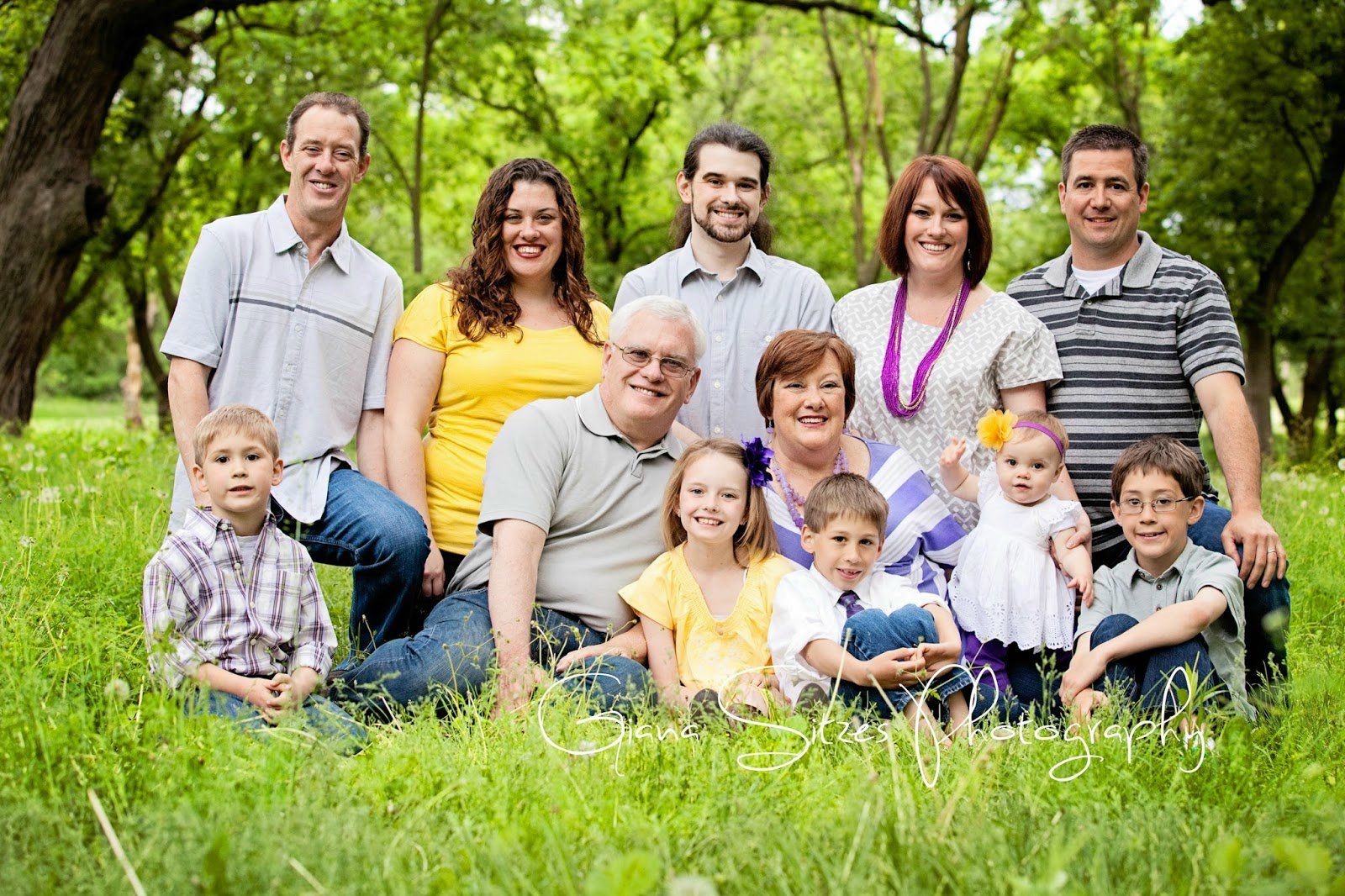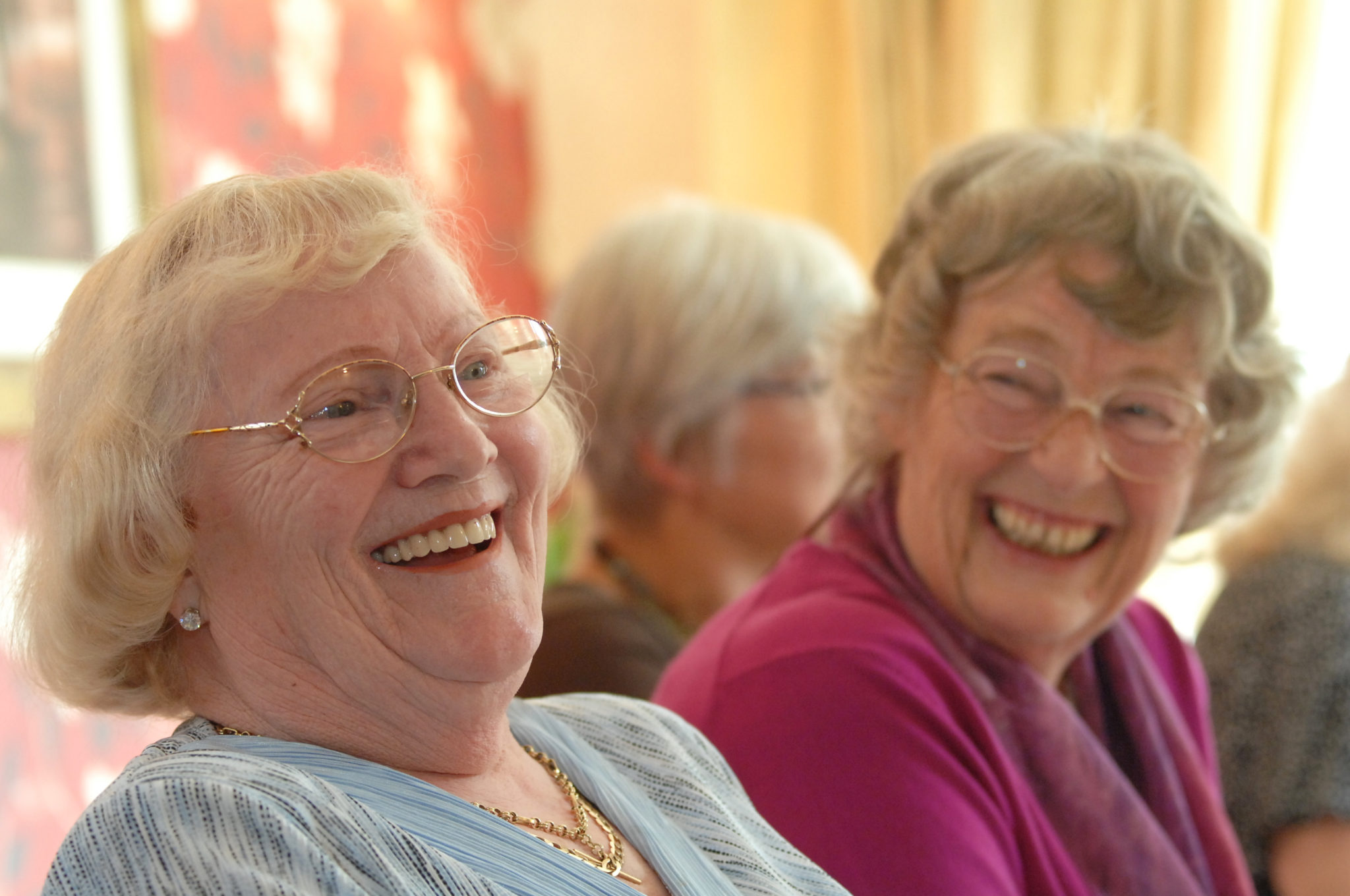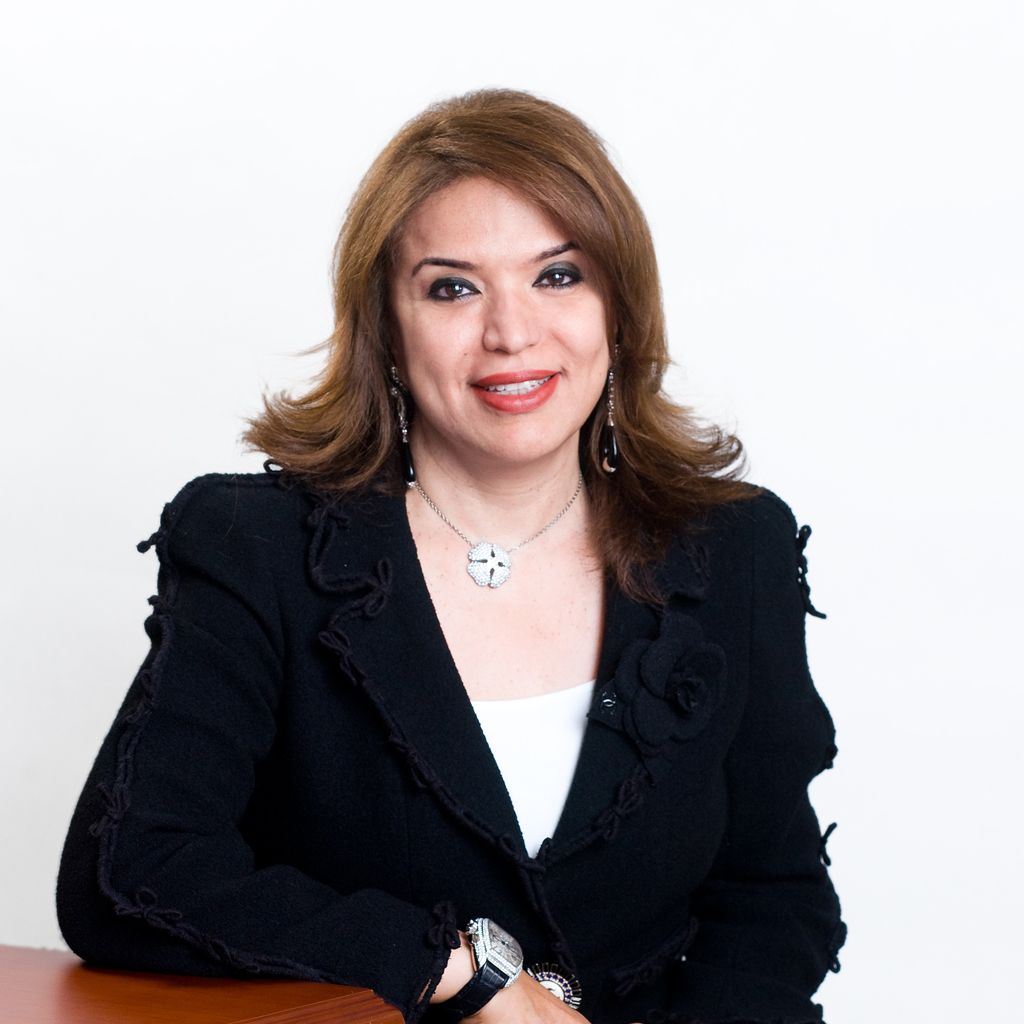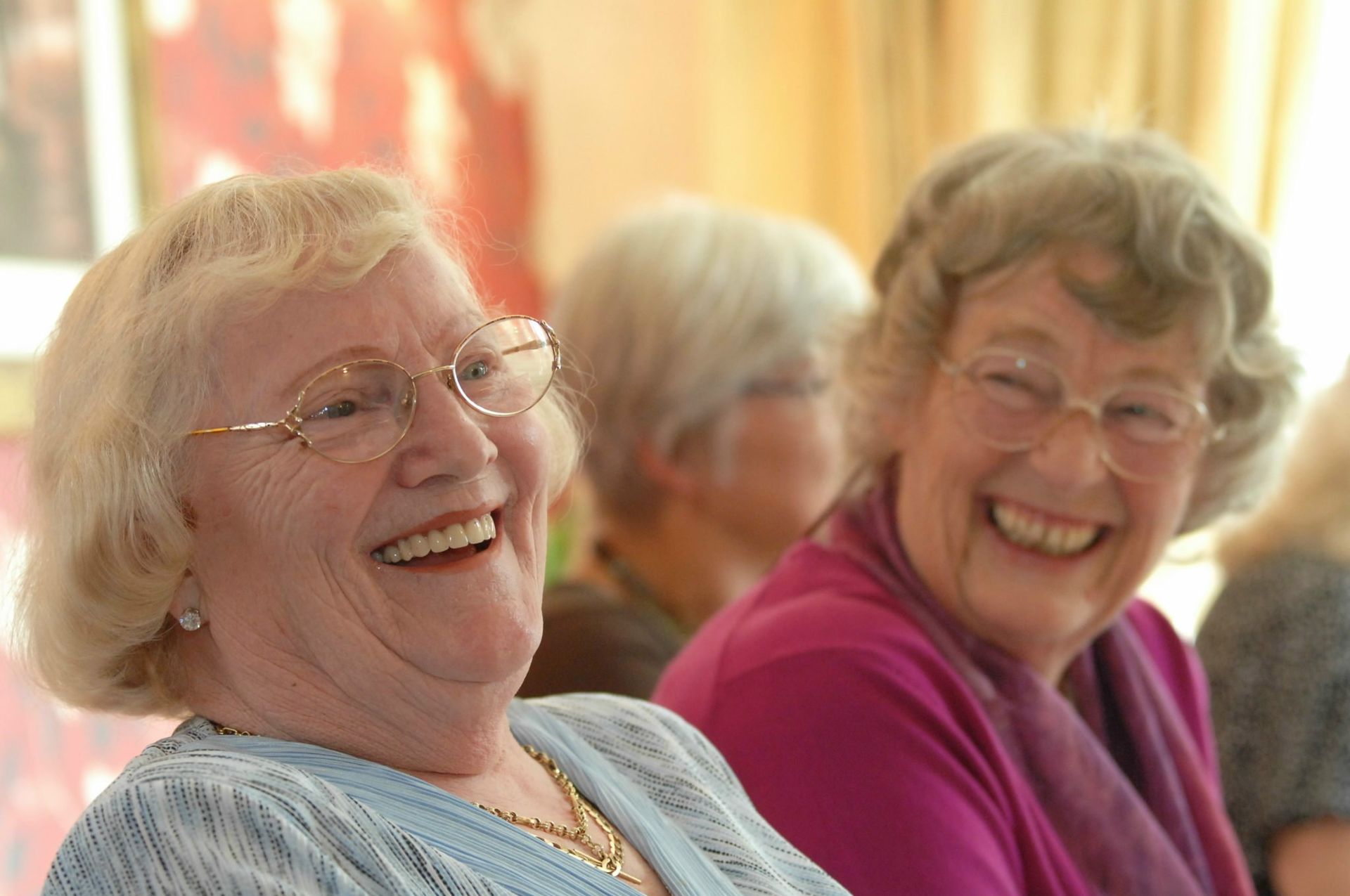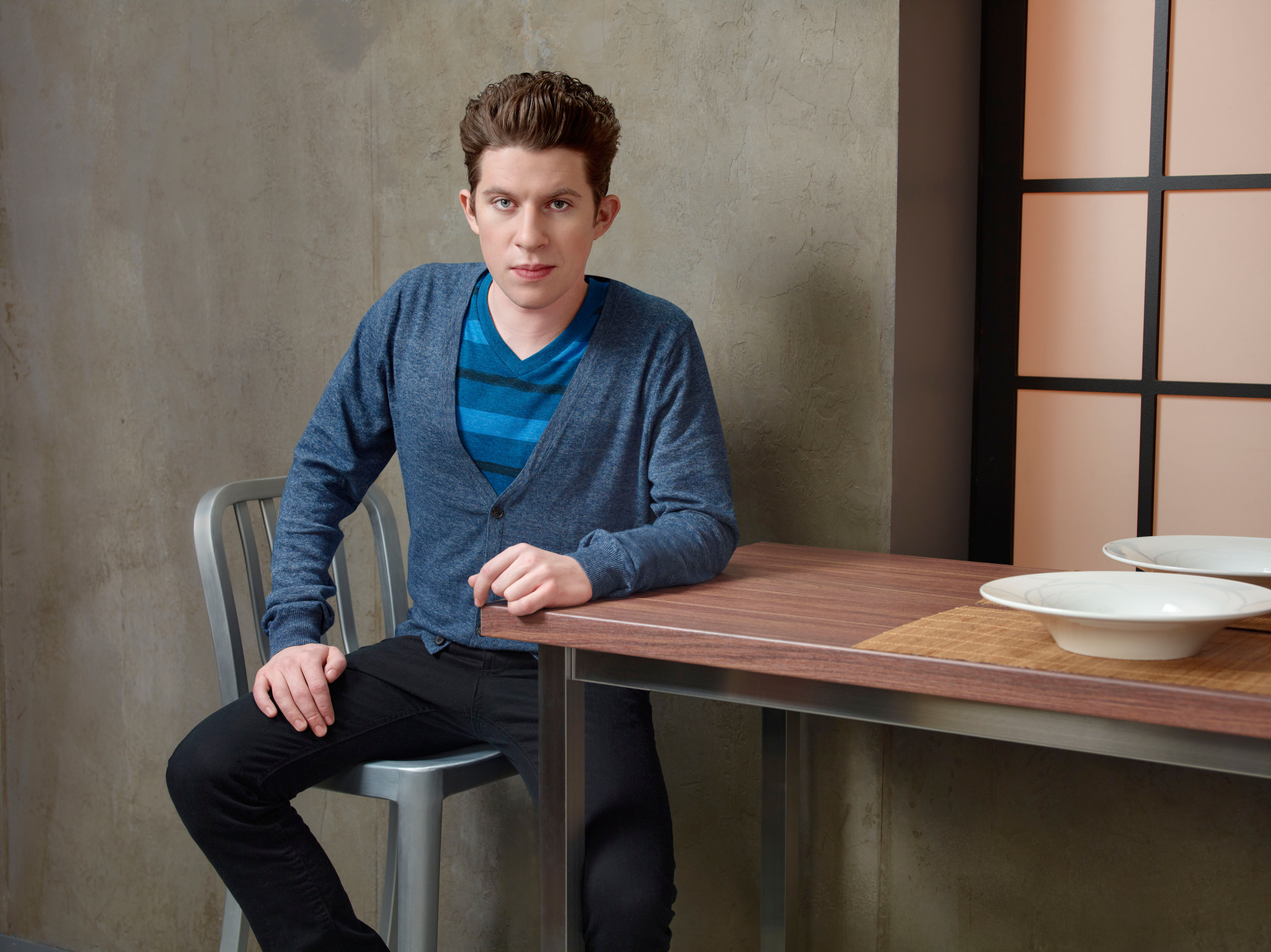The click of the laptop closing is the only sound. It’s 10:41 PM. The dishwasher is humming its final cycle, the permission slip for the grade 1 soccer trip is signed and packed, and the faint, vaguely medicinal scent of the non-toxic sunscreen you spent 41 minutes researching is still on your hands. You just booked a dentist appointment for your partner, replied to 11 emails about the upcoming school fundraiser, and pre-chopped vegetables for the next two days because someone on a podcast said it would save you “precious morning bandwidth.” Your own wellness task for the day, a 21-minute walk, sits unchecked on a to-do list app you paid $71 for.
The Invisible Executive Role
There isn’t a job title for this. No line item on a resume, no performance review. But in millions of households, there is a de facto Chief Wellness Officer, and the position is almost always filled by the same person. It’s the manager of preventative health, the director of nutritional logistics, the VP of athletic scheduling, and the lead researcher for everything from fluoride-free toothpaste to the psychological impact of screen time. It is an executive-level role with intern-level pay: zero.
We talk about corporate wellness programs






